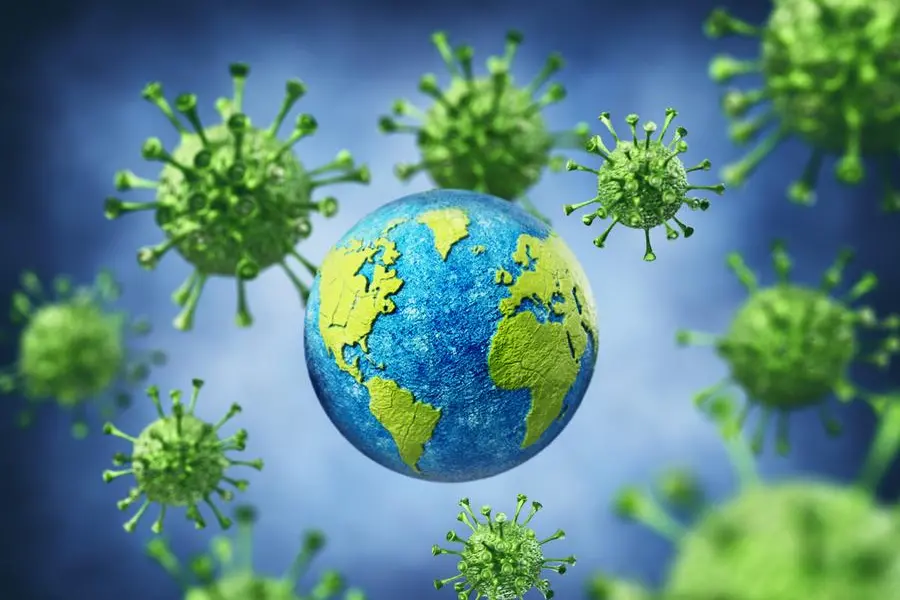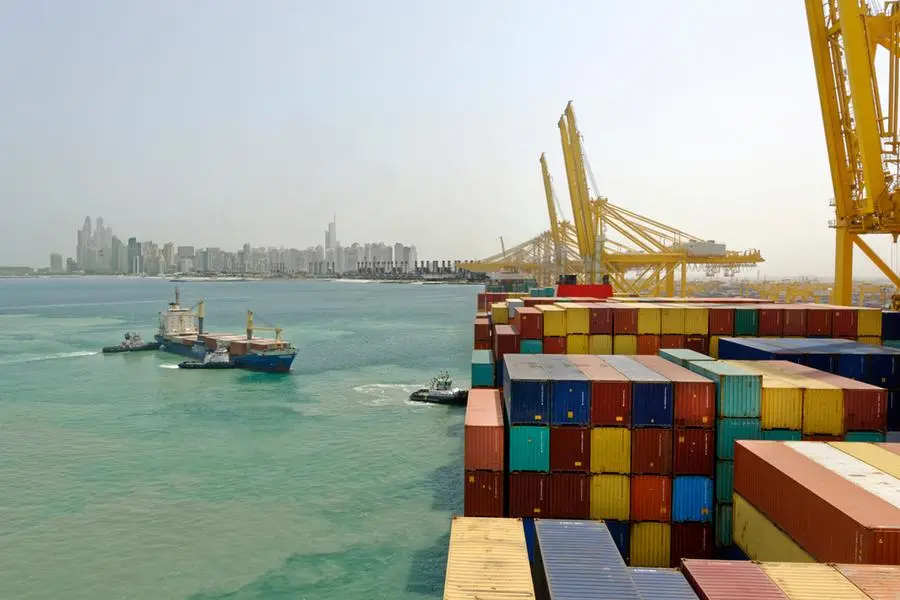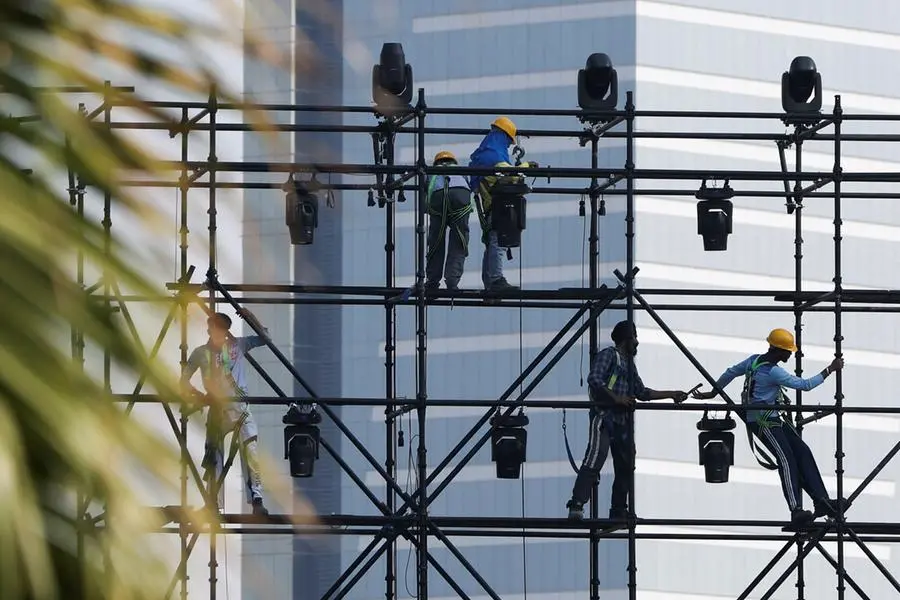PHOTO
Image used for illustrative purpose. Getty Images
If a cyberattack upended the global economy, effectively shut down major cities like New York, and put millions of lives at risk, governments and institutions worldwide would undoubtedly respond by investing heavily in defensive capabilities. They would beef up their cybersecurity, install new safeguards, and collect data and intelligence on future threats – just as many already do in response to acts of cyber warfare.
When it comes to the equally disruptive Covid-19 pandemic, however, the response has been far less decisive. As new variants ravage the health and economic security of the world’s population, biosecurity measures – the early warning and monitoring technologies meant to prevent the spread of infectious diseases – are still not as layered, pervasive, or formidable as the cybersecurity systems we use to contain and mitigate the activities of computer hackers.
But as Covid-19 continues to remind us, public health and biosecurity are vital for national security. Biological viruses, much like computerized ones, attack living systems. They are ubiquitous, and though we may not always be able to escape them, we can study them and learn how to defend ourselves. New biotechnologies are analogous to software patches that protect against cyberattacks. The mRNA Covid-19 vaccines are a case in point. The scientists who developed them programmed cells to produce “good” code, giving our bodies instructions to neutralize the virus’s “bad” code.
Covid-19 vaccines demonstrate biotech’s potential to save lives, but vaccines are only one part of our defense against future pandemics. We have the tools to predict the next pandemic and turn the tide on various health threats to individuals and communities. We need to leverage this new era of public-health technology and build a biosecurity infrastructure that mirrors our approach to cybersecurity in terms of both investment and engagement.
To save as many lives as possible, governments must emphasize investments in biosecurity systems and technologies. The focus should be on expanding monitoring systems to discover biosecurity threats before they become widespread.
More innovation is necessary. A safer future entails a strategic shift to regular testing in nontraditional places like schools and airports to detect infectious-disease threats before they overwhelm us. Patients with common respiratory symptoms – few of whom were ever tested for infectious disease in the pre-Covid-19 era – should be routinely tested to get a definitive diagnosis. Pathogen detectors should be more affordable and widely available. By incorporating these data, a global infectious disease “weather map” – conceived and built as a layered and nimble system that evolves in response to the variety of threats facing humanity, much like cybersecurity systems – would help cities, states, and countries understand potential threats.
Before the Covid-19 shock, complacent governments and institutions did not invest in large-scale infectious disease surveillance systems. While Covid-19 remains the center of attention, a disturbing rise in monkeypox cases is now occurring across several continents, and we are just now understanding the root causes of the increase in acute pediatric hepatitis cases that had confounded medical experts. Then there is the looming threat of new strains of bird flu and other viruses mutating and adapting to infect humans even more easily. We need to improve our ability to anticipate future outbreaks and understand where new variants are emerging. Most importantly, we need to detect novel pathogens before they become pandemics.
The current pandemic is still far from over. In late May, a study posted on the pre-publication server MedRxiv suggested that the undercounting of Covid-19 cases may be 30 times higher than reported. According to the US Centers for Disease Control and Prevention, cases are nearly six times higher than they were this time last year, primarily owing to the emergence of new variants. This is particularly worrying because current mRNA vaccines reduce the risk of hospitalization and death but are less effective in preventing long Covid. Recent reports indicate that lingering disease can affect as many as 20% of Covid patients. The economic consequences are staggering, as evidenced by Covid-driven inflation threatening the global economy and supply networks.
Public-health leaders warn that the growing threat of infectious diseases, whether naturally occurring or human-engineered, means we can’t afford the neglect-panic-neglect cycle that has defined the Covid-19 era. Pathogens are relentless in their ability to adapt, mutate, and thrive; they don’t care about “Covid fatigue” or our desire to return to the old normal. To prevent future pandemics, we must be as focused on adapting and surviving as the viruses are. We must address our vulnerabilities by funding technologies to help us identify and fight dangerous viruses and develop new defenses against potential outbreaks.
Just as the advent of the information age underscored the need for cybersecurity, the rapid growth of biotechnology and the growing threat of pandemics should spur significant investments in biosecurity. Now is the time to build our public-health toolkit to fight future viral threats.
Copyright © 2022 Khaleej Times. All Rights Reserved. Provided by SyndiGate Media Inc. (Syndigate.info).























